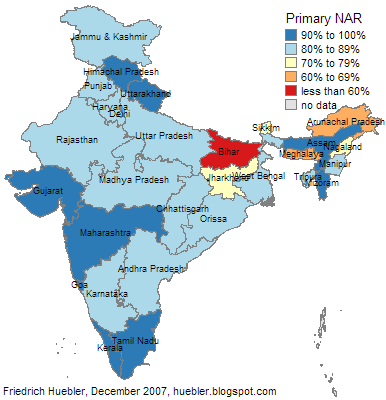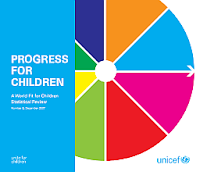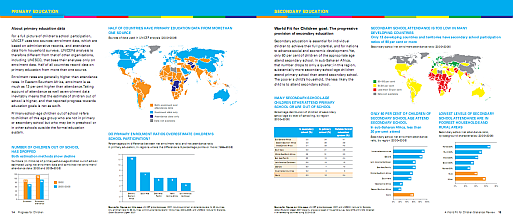So I've been spending time in the wound care clinic and learning about the healing process for bodies and souls...
The
majority of the patients who are referred for wound care have diabetes.
One common complication of diabetes is neuropathy, which is a nerve
disorder that often leads to numbness in hands, arms, feet, and legs.
Once a person loses feeling in their hands or feet it is easy for them
to injure their bodies without even realizing it. A small blister that
might be a painful nuisance for a non-diabetic person can lead to
infection and even amputation for a diabetic patient if it is not
properly treated. Diabetes is an extremely demanding disease that
requires discipline with nutrition, exercise, monitoring of blood sugar,
and checking your feet.
I have been amazed and touched by the
loving care that the wound care nurse and physician provide for their
patients. They patiently listen to the concerns and needs of the
patient before they ask them to sit in the exam chair in order to
examine their wound. They thoroughly understand the healing
process-cutting back calluses and applying ointment and bandages when
needed.
Some patients enter the exam room with smiles on their
faces, but as one woman stepped through the door her body language and
tone of voice seemed to indicate that she was feeling downtrodden. She
had been referred to wound care because she had two large blisters on
her feet from walking. As she commented about the situation, she said
that she was disgusted. I asked her if she was disgusted about the
actual blisters on her feet or that she was not able to walk. Tears
streamed down her face as she told us, “I’ve been doing everything they
have been telling me to do—checking my blood sugar six times a day,
walking five days a week to try to lose some weight—but now I can’t even
walk because of these blisters. I’m just disgusted because I’m trying
so hard but for no use. I’m afraid I am going to start to get depressed
over it all.”
I spent some time just listening to her, giving
her some space to cry, and responding with some empathy. Then, I shared
with her about some of the exercises that I learned about in the
Diabetes group meeting that she could do from a chair while her blisters
heal. I also got her some information about Diabetes group meetings
and a fellowship group that meets once a week to support one another
because she felt like talking to some others with similar struggles
might help and give her hope. The physician asked me to call around to
area pharmacies to try to locate lamb’s wool to prevent further
blisters. I was able to find a pharmacy and ask them to hold it at the
front for our patient.
This encounter with this disgusted
patient has stuck with me. How can we as churches and faith-based
community agencies best support and care for patients who are
overwhelmed by their diseases? Her situation brings to light the
intimate connection between physical, emotional, and spiritual health.
Where are calloused places in our lives that need to be cut away in
order for us to spiritually heal and provide space for others to heal?














 The UNESCO Institute for Statistics (UIS) has announced the publication of the
The UNESCO Institute for Statistics (UIS) has announced the publication of the 
 On 10 December 2007, UNICEF launched a new publication,
On 10 December 2007, UNICEF launched a new publication, 











